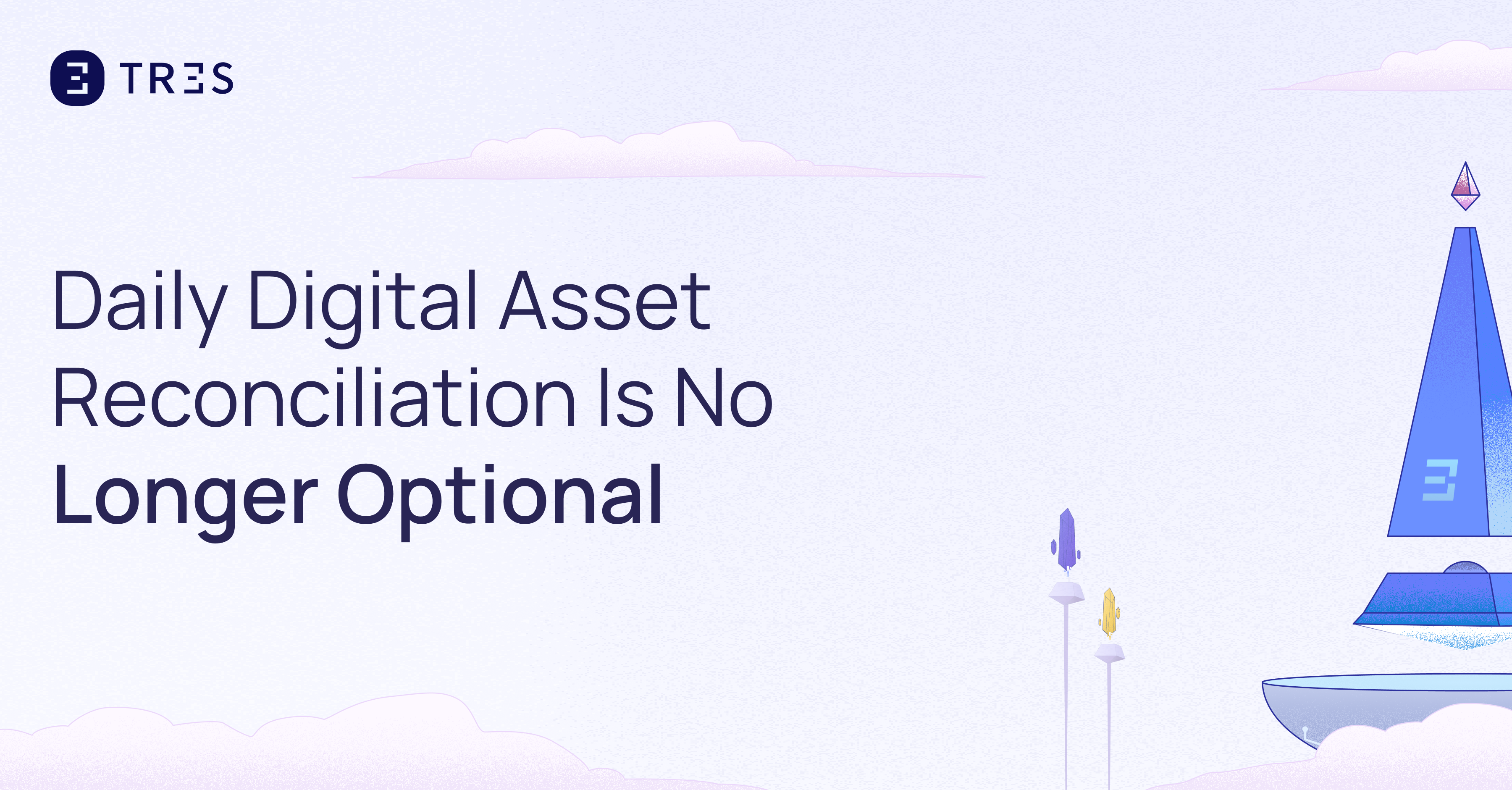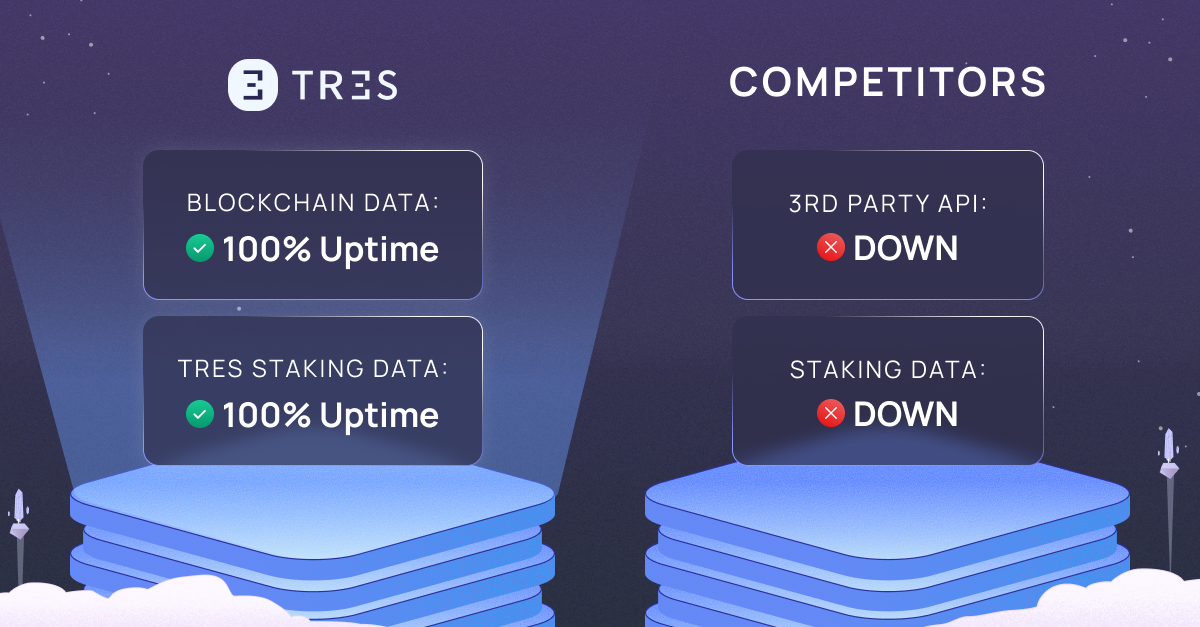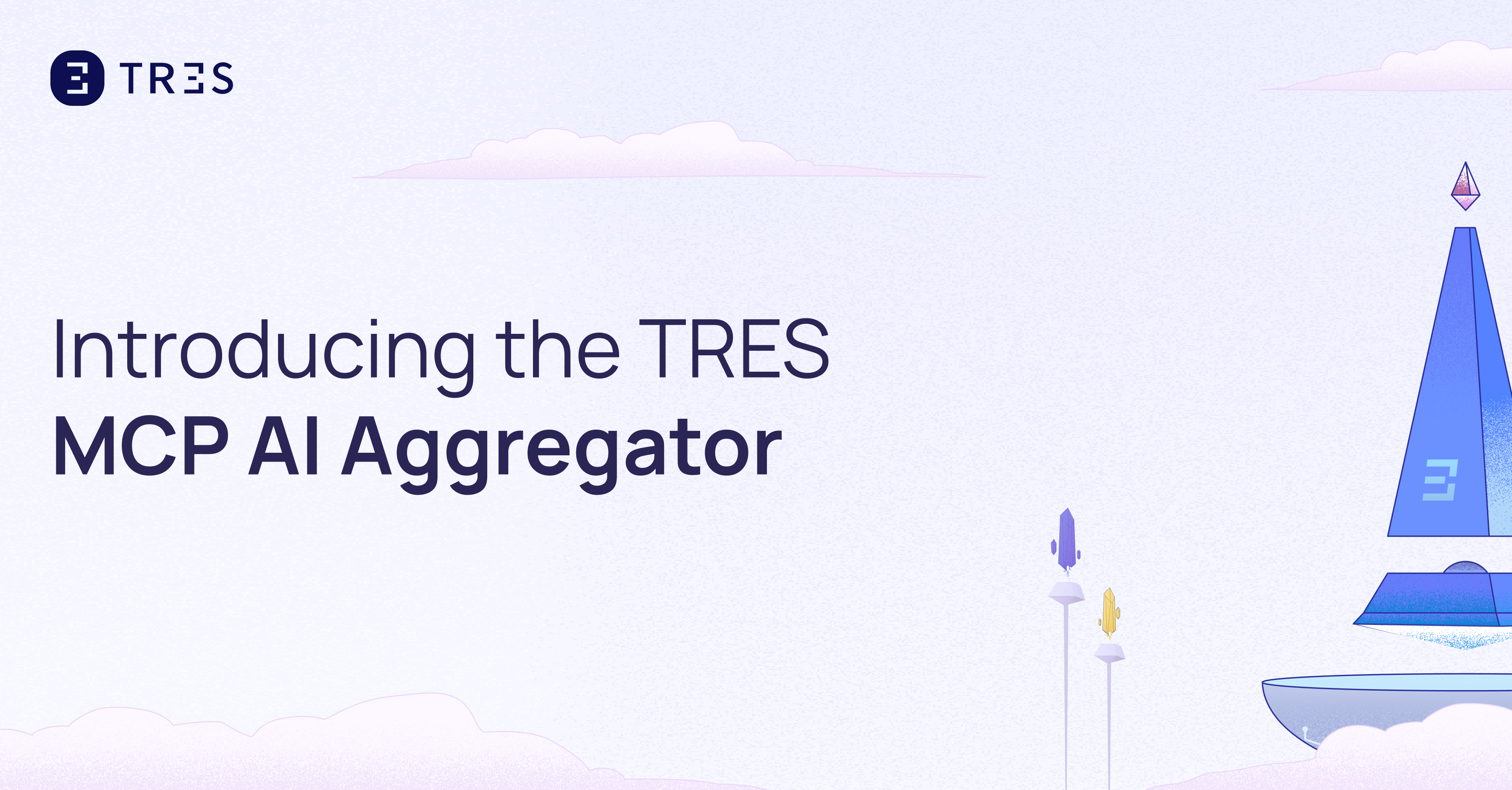Picture this scenario: It’s quarter-end, and your accounting team is scrambling to reconcile transactions across multiple platforms while auditors are requesting documentation that takes weeks to compile. Meanwhile, your company just processed its first cryptocurrency payment, and nobody’s quite sure how to properly record it in the books. Sound familiar?
This challenge reflects a broader transformation happening across finance departments worldwide. The blockchain market has exploded from $1.1 billion in 2017 to $17.46 billion in 2023, with projections reaching $57.7 billion by 2025 and an astounding $1.4 trillion by 2030 [1]. These aren’t just numbers—they represent a fundamental shift in how financial data is created, verified, and stored.
For CFOs and accounting professionals, blockchain technology offers something that traditional systems struggle to provide: real-time transparency, immutable records, and automated compliance processes. The question isn’t whether blockchain will impact accounting—it’s how quickly finance teams can adapt to harness its benefits.
This article examines the most significant advantages blockchain brings to accounting and financial management. We’ll explore how this technology addresses current pain points, enhances audit readiness, and positions organizations for future growth. Each benefit comes with practical implications and real-world applications that you can evaluate for your own organization.
Introduction to Blockchain in Accounting
Blockchain technology operates on a simple yet powerful principle: every transaction is recorded in a distributed ledger that multiple parties can verify but no single entity can alter. Think of it as a digital filing cabinet where every document is date-stamped, cross-referenced, and stored in multiple locations simultaneously.
For accounting professionals, this represents a dramatic departure from traditional systems. Consider how most financial records currently exist—scattered across different databases, often requiring manual reconciliation between systems, and vulnerable to human error or unauthorized changes. Blockchain eliminates these vulnerabilities by creating an unchangeable record of every transaction the moment it occurs.
The technology’s impact extends beyond simple record-keeping. When transactions are automatically recorded and verified across a network, the entire accounting cycle becomes more efficient. Manual data entry decreases, reconciliation happens in real-time, and audit trails become instantly accessible.
Here’s what makes blockchain particularly valuable for financial management:
- Immutable record creation. Every transaction receives a permanent timestamp and digital signature that cannot be backdated or modified. This eliminates the possibility of after-the-fact adjustments that often complicate traditional accounting systems.
- Real-time transaction visibility. Rather than waiting for batch processing or manual updates, blockchain provides immediate confirmation of completed transactions. This means your books can reflect current reality instead of yesterday’s snapshot.
- Distributed verification. Multiple nodes in the network confirm each transaction, reducing the need for third-party verification and creating built-in fraud prevention. No single point of failure exists in the system.
- Automated compliance tracking. Smart contracts can be programmed to automatically flag transactions that meet specific criteria, making regulatory compliance monitoring continuous rather than periodic.
The importance of innovation in accounting cannot be overstated. Global crypto trading volume reached $108 trillion across all use cases in 2024 [2], indicating that digital assets are becoming a significant component of business operations. Traditional accounting systems weren’t designed to handle this volume or complexity of digital transactions.
Moreover, the Asia-Pacific region alone experienced a 69% year-over-year increase in on-chain crypto activity in the 12 months ending June 2025 [3]. This growth pattern suggests that blockchain adoption is accelerating globally, and accounting practices must evolve to support this new reality.
The benefits we’ll explore in detail include enhanced transparency and trust, automated audit readiness, improved accuracy and reduced errors, cost efficiency and time savings, better regulatory compliance, and enhanced security. Each advantage builds upon blockchain’s fundamental characteristics while addressing specific challenges that accounting professionals face daily.
The Role of Cryptocurrency in Modern Accounting
Imagine receiving a notification that your company just received a $50,000 payment in Bitcoin. Your first thought might be: “Great, but how do I record this?” This scenario is becoming increasingly common as businesses embrace digital payments.
Merchant adoption of cryptocurrency payments in the U.S. is projected to increase by 82.1% from 2024 to 2026, particularly among tech startups, SaaS companies, and digital-native brands [2]. This rapid adoption means accounting teams can no longer treat cryptocurrency as an edge case—it’s becoming a standard part of business operations.
The integration of crypto with traditional accounting presents both opportunities and challenges. On one hand, blockchain-based transactions offer unprecedented transparency and verification capabilities. Every cryptocurrency transaction is recorded on a public ledger with precise timestamps and amounts. This creates an audit trail that’s more detailed and verifiable than traditional payment methods.
However, this integration also introduces complexity. Cryptocurrency values fluctuate constantly, creating questions about when and how to record gains or losses. Different jurisdictions have varying regulations about crypto accounting treatment. Multiple wallet addresses and exchanges can scatter transaction records across platforms.
Here are the primary challenges accountants face when working with cryptocurrency:
- Valuation timing and methodology. Unlike traditional currencies, cryptocurrencies can experience significant price swings within hours. Determining whether to use the value at transaction time, daily average, or month-end closing price requires clear policies and consistent application.
- Tax compliance complexity. Each jurisdiction treats cryptocurrency differently for tax purposes. Some consider it property, others treat it as currency, and regulations continue evolving. Staying compliant requires constant monitoring of changing rules.
- Multi-platform transaction tracking. Businesses often use multiple exchanges, wallets, and DeFi protocols. Consolidating transaction data from these various sources into a coherent financial picture can be time-consuming and error-prone.
- Regulatory reporting requirements. Many jurisdictions now require specific cryptocurrency disclosures in financial statements. Meeting these requirements demands detailed transaction records and clear audit trails.
This is where specialized solutions become valuable. TRES Finance addresses these challenges by providing integrated tools that automatically track cryptocurrency transactions across multiple blockchains and platforms. Rather than manually gathering data from various sources, accounting teams can access consolidated reports that show all crypto activity in a format compatible with traditional accounting systems.
TRES Finance users testify to the platform’s seamless integration with blockchain-based financial tools, leading to increased trust and efficiency in DeFi transactions [3]. This integration capability is crucial because it bridges the gap between blockchain technology and established accounting practices.
The platform handles common pain points like automatic price feeds for accurate valuation, consolidated reporting across multiple wallets and exchanges, and compliance-ready documentation for audit purposes. When cryptocurrency transactions are properly integrated with traditional accounting systems, they become just another data source rather than a separate challenge.
For CFOs evaluating cryptocurrency adoption, the key consideration isn’t whether to embrace digital assets—it’s how to implement proper accounting controls from the beginning. Establishing clear policies, using appropriate tools, and training staff on blockchain-specific procedures creates a foundation for successful integration.
Benefits of Automated Audit Readiness
Consider the typical audit preparation process: weeks of gathering documents, creating reconciliations, and explaining discrepancies to auditors who arrive with boxes of questions and lengthy checklists. Now imagine if most of that preparation happened automatically throughout the year, with records that auditors could verify independently.
This transformation is exactly what blockchain enables through automated audit readiness. Case study evidence shows companies adopting blockchain for enhanced financial reporting and auditing, resulting in improved accuracy, transparency, reduced audit time, and greater trust in reports [4]. These improvements stem from blockchain’s inherent design characteristics that align perfectly with audit requirements.
The reduction of human error represents one of the most significant advantages. Traditional accounting involves multiple manual processes where mistakes can occur—data entry errors, calculation mistakes, or misclassified transactions. Blockchain eliminates many of these opportunities for error by automating transaction recording and validation.
When a transaction occurs on the blockchain, it’s immediately recorded with a timestamp, amount, and digital signature. There’s no manual entry step where someone might transpose numbers or select the wrong account code. Smart contracts can automatically categorize transactions based on predetermined rules, ensuring consistent classification.
Here’s how blockchain streamlines audit processes:
- Continuous transaction verification. Rather than auditors checking samples of transactions at year-end, blockchain provides real-time verification of every transaction throughout the period. This shifts auditing from a periodic review to an ongoing validation process.
- Immutable audit trails. Every transaction includes a complete history that cannot be altered after recording. Auditors can trace any transaction from its origin through all subsequent effects without worrying about missing documentation or modified records.
- Automated compliance monitoring. Smart contracts can be programmed to flag transactions that violate company policies or regulatory requirements the moment they occur. This prevents compliance issues from accumulating and provides early warning of potential problems.
- Standardized documentation. Blockchain transactions follow consistent formats with required fields and validation rules. This standardization eliminates the variability in documentation quality that often complicates traditional audits.
TRES Finance plays a crucial role in providing accurate financial data across blockchains by consolidating information from multiple sources into audit-ready reports. Instead of auditors needing to understand different blockchain explorers or wallet interfaces, they receive standardized financial statements that follow familiar accounting principles.
The platform automatically calculates gains and losses based on transaction timestamps and market prices, creates detailed transaction histories for any time period, and generates compliance reports that meet regulatory requirements. This automation doesn’t just save time—it improves accuracy by eliminating the manual processes where errors typically occur.
For audit firms, blockchain-enabled clients represent more efficient engagements. Audit procedures that traditionally required extensive testing can be replaced with blockchain verification. Sample sizes can be reduced because the entire population of transactions is verifiable. Risk assessments become more precise because real-time monitoring identifies issues as they develop rather than after year-end.
Treasury Management in the Age of DeFi
Picture your treasury team managing cash flows across traditional bank accounts, investment portfolios, and now—decentralized finance protocols offering yields that make savings accounts look obsolete. This scenario isn’t hypothetical anymore. Today’s treasury professionals must navigate an expanded landscape where digital assets and DeFi protocols are becoming legitimate components of corporate treasury strategy.
Decentralized Finance, or DeFi, refers to financial services built on blockchain networks that operate without traditional intermediaries like banks or brokers. Instead of calling your bank to initiate a wire transfer, DeFi allows direct peer-to-peer transactions through smart contracts. Instead of earning 0.5% in a corporate savings account, treasury teams can potentially earn higher yields through carefully managed DeFi protocols.
The growth numbers tell a compelling story. The blockchain market has grown from $1.1 billion in 2017 to $17.46 billion in 2023, with projections reaching $57.7 billion by 2025 [1]. This isn’t just technological growth—it represents expanding infrastructure that treasury teams can now access for corporate financial management.
However, DeFi introduces new complexities that treasury management must address. Traditional treasury functions like cash forecasting, liquidity management, and risk assessment require adaptation when digital assets are involved. Unlike bank deposits with FDIC insurance, DeFi protocols carry smart contract risks, liquidity risks, and regulatory uncertainties.
Here are the key implications for treasury management:
- Liquidity management complexity. DeFi protocols often require locking funds for specific periods to earn maximum yields. Treasury teams must balance yield optimization with liquidity needs, ensuring sufficient funds remain available for operational requirements while maximizing returns on excess cash.
- Risk assessment frameworks. Traditional credit risk models don’t apply to DeFi protocols. Treasury teams need new frameworks that evaluate smart contract risks, protocol governance structures, and token economics. The absence of traditional credit ratings requires different due diligence approaches.
- Real-time monitoring requirements. DeFi markets operate 24/7 with rapid price movements and changing yield opportunities. Treasury management systems must provide continuous monitoring and alerting capabilities to respond quickly to market conditions or protocol changes.
- Regulatory compliance tracking. DeFi transactions may trigger different regulatory requirements depending on jurisdiction and transaction type. Treasury teams need systems that automatically categorize and report DeFi activities according to applicable regulations.
TRES Finance addresses these challenges through automation capabilities specifically designed for treasury management in the DeFi era. The platform provides integrated dashboards that show traditional and DeFi positions side-by-side, allowing treasury teams to manage their entire portfolio from a single interface.
The automation extends to yield optimization, where TRES Finance can monitor multiple DeFi protocols and alert treasury teams to better yield opportunities while considering risk parameters and liquidity requirements. This automated monitoring is crucial because DeFi yields can change rapidly based on market conditions and protocol usage.
For cash flow forecasting, TRES Finance incorporates DeFi position data to provide more accurate projections. When funds are locked in DeFi protocols, the system automatically adjusts liquidity forecasts and provides alerts before locked periods expire. This integration ensures that DeFi activities enhance rather than complicate treasury management.
The platform also handles the complex accounting requirements that DeFi introduces. Yield farming rewards, liquidity provider tokens, and governance token distributions all require proper accounting treatment. TRES Finance automatically categorizes these activities and calculates their impact on financial statements.
The Future of Financial Reporting
Imagine submitting your quarterly financial reports knowing that every number can be independently verified by stakeholders in real-time. Regulators could audit your compliance continuously rather than through periodic examinations. Investors could access transaction-level data that supports every line item in your financial statements. This level of transparency might seem overwhelming, but it represents the direction financial reporting is heading as blockchain technology matures.
The evolution of financial reporting is being driven by several converging trends. Stakeholders increasingly demand more frequent, detailed, and verifiable financial information. Regulatory bodies are exploring how blockchain can improve oversight and reduce systemic risks. Meanwhile, companies are discovering that blockchain-based reporting can reduce costs while improving accuracy and trust.
Current financial reporting relies heavily on periodic snapshots—quarterly reports, annual audits, and occasional updates. Blockchain enables continuous reporting where financial information updates automatically as transactions occur. This shift from periodic to continuous reporting represents a fundamental change in how financial information is created and consumed.
Here are the key trends shaping the future of financial reporting:
- Daily financial statements. Instead of waiting for quarter-end closing processes, blockchain enables financial statements that update continuously as transactions are recorded. Stakeholders can access current financial positions rather than historical snapshots from weeks or months ago.
- Granular transaction visibility. Blockchain allows stakeholders to drill down from summary financial statements to individual transaction details. This granular access improves transparency while enabling more sophisticated analysis of company performance and risk factors.
- Automated compliance verification. Smart contracts can be programmed to automatically check compliance with loan covenants, regulatory requirements, and internal policies. This continuous monitoring replaces periodic compliance testing with real-time verification.
- Standardized global reporting. Blockchain protocols can enforce consistent reporting standards across jurisdictions, making it easier to compare companies and reducing the complexity of multinational financial reporting.
Potential regulations around blockchain use are emerging as governments recognize both the opportunities and risks this technology presents. The European Union’s Markets in Crypto-Assets (MiCA) regulation provides a framework for crypto asset reporting and disclosure. In the United States, the SEC is developing guidance for blockchain-based financial reporting and digital asset disclosures.
These regulatory developments suggest that blockchain reporting will likely become more standardized and potentially mandatory for certain types of transactions or companies. Early adopters who implement proper blockchain reporting systems now will be better positioned when regulations become more prescriptive.
The regulatory landscape also includes tax reporting requirements that continue evolving. Many jurisdictions now require specific disclosures for cryptocurrency holdings and transactions. Future regulations may extend these requirements to other blockchain-based financial activities, making comprehensive tracking and reporting capabilities essential.
TRES Finance plays a crucial role in ensuring compliance and readiness for these evolving requirements. The platform automatically generates reports that meet current regulatory standards while building in flexibility to adapt to future requirements. This future-proofing approach means companies can implement blockchain reporting capabilities without worrying about regulatory obsolescence.
The platform’s compliance features include automated tax reporting for multiple jurisdictions, regulatory filing assistance for blockchain-related disclosures, and audit trail generation that meets both current and anticipated future requirements. This comprehensive approach ensures that companies remain compliant as regulations evolve.
Moreover, TRES Finance’s reporting capabilities extend beyond compliance to strategic value creation. The detailed transaction data and automated analytics help companies identify trends, optimize operations, and make better financial decisions. When compliance and strategic value align, blockchain reporting becomes a competitive advantage rather than just a regulatory requirement.
Conclusion
The transformation of accounting through blockchain technology isn’t a distant future possibility—it’s happening now. With global crypto trading volume reaching $108 trillion in 2024 and merchant adoption of cryptocurrency payments projected to increase by 82.1% through 2026 [2], the question isn’t whether blockchain will impact your accounting operations, but how quickly you can adapt to leverage its benefits.
Throughout this exploration, we’ve seen how blockchain addresses fundamental challenges that have long plagued financial management: time-consuming reconciliations, manual error risks, delayed audit processes, and fragmented compliance monitoring. The technology offers solutions that weren’t possible with traditional systems—immutable audit trails, real-time transaction verification, automated compliance monitoring, and integrated cryptocurrency management.
The evidence from early adopters is compelling. Companies implementing blockchain for financial reporting and auditing report improved accuracy, transparency, reduced audit time, and greater trust in their financial reports [4]. These improvements translate directly to cost savings, reduced risk, and enhanced stakeholder confidence.
For CFOs and accounting professionals, the strategic imperative is clear: develop blockchain competency now, before it becomes a competitive disadvantage. This doesn’t mean abandoning proven accounting principles or rushing into unproven technologies. Instead, it means thoughtfully integrating blockchain capabilities where they add the most value while maintaining robust controls and compliance standards.
The practical steps forward include evaluating your current cryptocurrency exposure and establishing proper accounting controls, assessing opportunities for automated audit processes and real-time financial reporting, investigating DeFi protocols that might enhance treasury management, and implementing systems that can handle both traditional and blockchain-based transactions.
TRES Finance provides the bridge between blockchain innovation and accounting excellence. By offering integrated solutions that handle cryptocurrency tracking, DeFi management, automated compliance, and audit-ready reporting, the platform enables finance teams to capture blockchain’s benefits without sacrificing control or compliance.
The future belongs to finance teams that can seamlessly manage both traditional and digital assets while maintaining the highest standards of accuracy, transparency, and compliance. The technology exists today to build this capability. The question is whether you’ll lead this transformation or follow others who recognized blockchain’s potential earlier.
Start by identifying one area where blockchain could improve your current processes—perhaps cryptocurrency transaction tracking or automated compliance monitoring. Build competency incrementally, and let early wins guide broader implementation. The companies that master blockchain accounting today will set the standards that others follow tomorrow.
References
- Global Blockchain Market Size: Statistics, Trends & Forecast (2024)
- Cryptocurrency Payment Adoption by Merchants: Statistics [2024]
- 2025 Global Crypto Adoption Index
- Adopting Blockchain for Enhanced Financial Reporting and Auditing: A Case Study
Interested in TRES?






